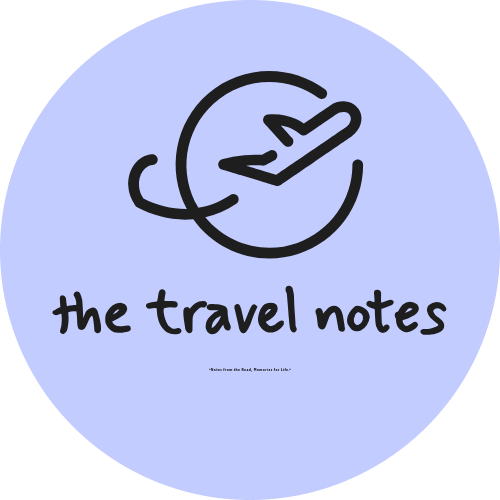A Traveler’s Guide to Seoul, South Korea in 2025
Getting There: Travel Essentials
Reaching Seoul in 2025 is made simple through its well-connected transportation network. The most common entry point is Incheon International Airport (ICN), South Korea’s main international gateway, which offers direct flights from cities worldwide. Airlines are also adopting new technologies and sustainable practices, enhancing the travel experience.
Before arrival, travelers should check visa requirements. Many nationalities enjoy visa-free entry for short stays, while others must apply in advance. It is also important to review the latest travel advisories, including potential health screenings or vaccination requirements.
From the airport, several transport options are available. The Airport Railroad Express (AREX) provides fast and affordable access to central Seoul, while taxis and shuttle buses are convenient alternatives. Since language can be a barrier, keeping your destination written in Korean is recommended.
Once in the city, navigating is easy thanks to Seoul’s extensive subway system and reliable apps like KakaoMap or Naver Map. Currency exchange and mobile payments are widely accessible, ensuring a smooth journey.
Top Attractions: Must-See Sights and Experiences
Culinary Adventures: Food and Drink in Seoul
Seoul, the capital of South Korea, offers a vibrant culinary scene that beautifully blends tradition with modern innovation. A gastronomic journey here begins with iconic dishes like Kimchi, the fermented vegetable side dish found at nearly every meal, and Bibimbap, a colorful mix of rice, vegetables, meat, and spicy gochujang sauce. These dishes capture the heart of Korean culture through bold flavors and balance.
Food markets, especially Gwangjang Market, provide a lively atmosphere where visitors can taste authentic street foods such as Bindaetteok (mung bean pancakes) and Tteokbokki (spicy rice cakes). For a casual meal, local eateries serve comforting bowls of ramen or hot pot, while modern cafés experiment with creative fusions of Korean and global cuisine.
For a fine-dining experience, Seoul is home to Michelin-starred restaurants that highlight seasonal ingredients and artistic presentations. Traditional drinks like soju and makgeolli further enhance meals. Observing etiquette—such as letting elders begin eating and sharing dishes—adds authenticity. Ultimately, Seoul’s culinary landscape offers a rich, flavourful journey into Korea’s heritage and innovation.
Cultural Insights and Local Etiquette
Respecting cultural norms in Seoul is key to having a meaningful and positive experience. Politeness and respect shape daily life, with bowing serving as a common greeting and sign of courtesy. Age-based hierarchy is especially important, as younger people are expected to honor their elders by using respectful titles such as sunbaenim (senior) and waiting for them to begin meals.
Dining etiquette also reflects Korean values. Guests should avoid sticking chopsticks upright in rice, as it symbolizes a funeral custom, and instead place them neatly on the table when not in use. Simple efforts, like learning basic Korean phrases such as Annyeonghaseyo (Hello) or Gamsahamnida (Thank you), go a long way in building rapport. Participating in cultural events like Chuseok or the Lunar New Year deepens one’s understanding of Korean traditions while fostering genuine connections with locals.






0 Comment